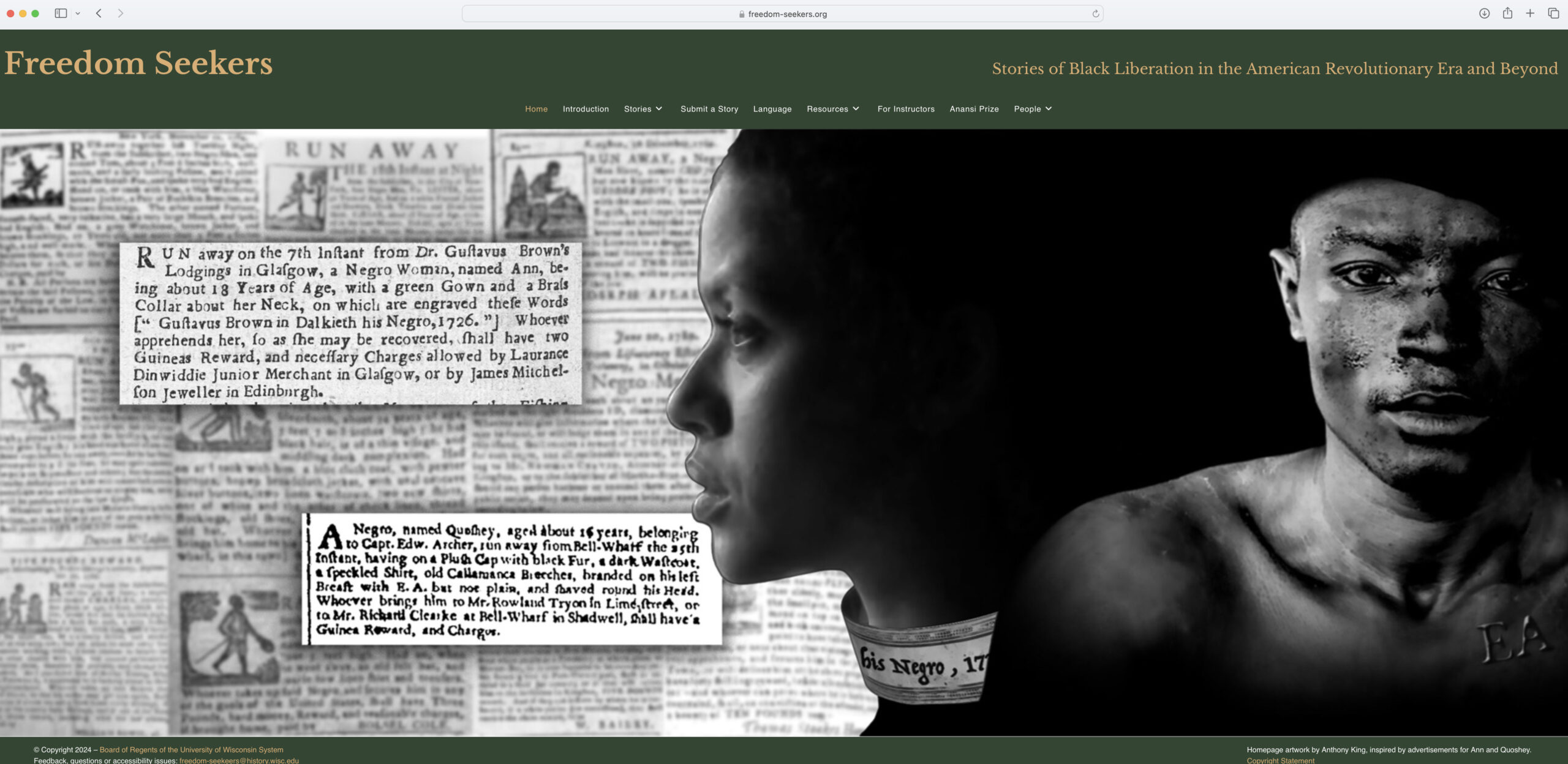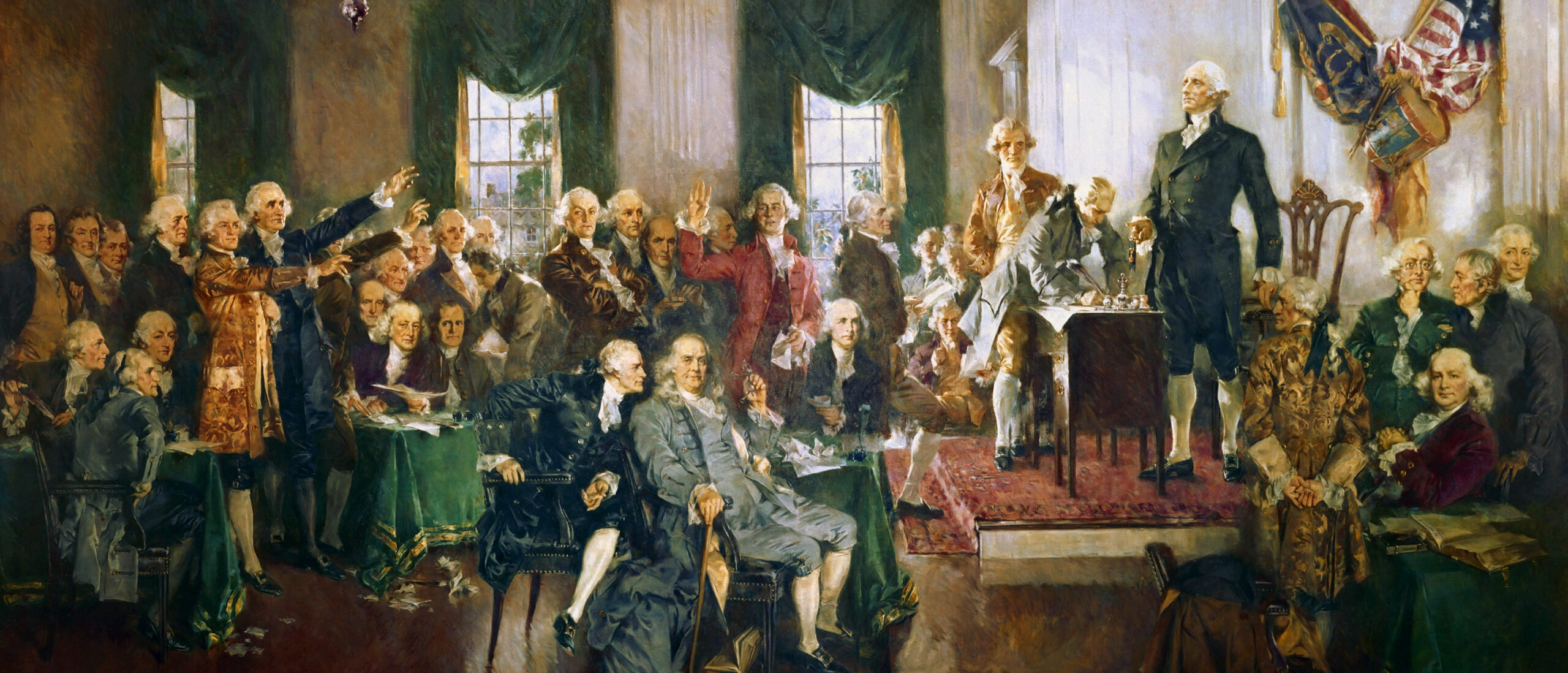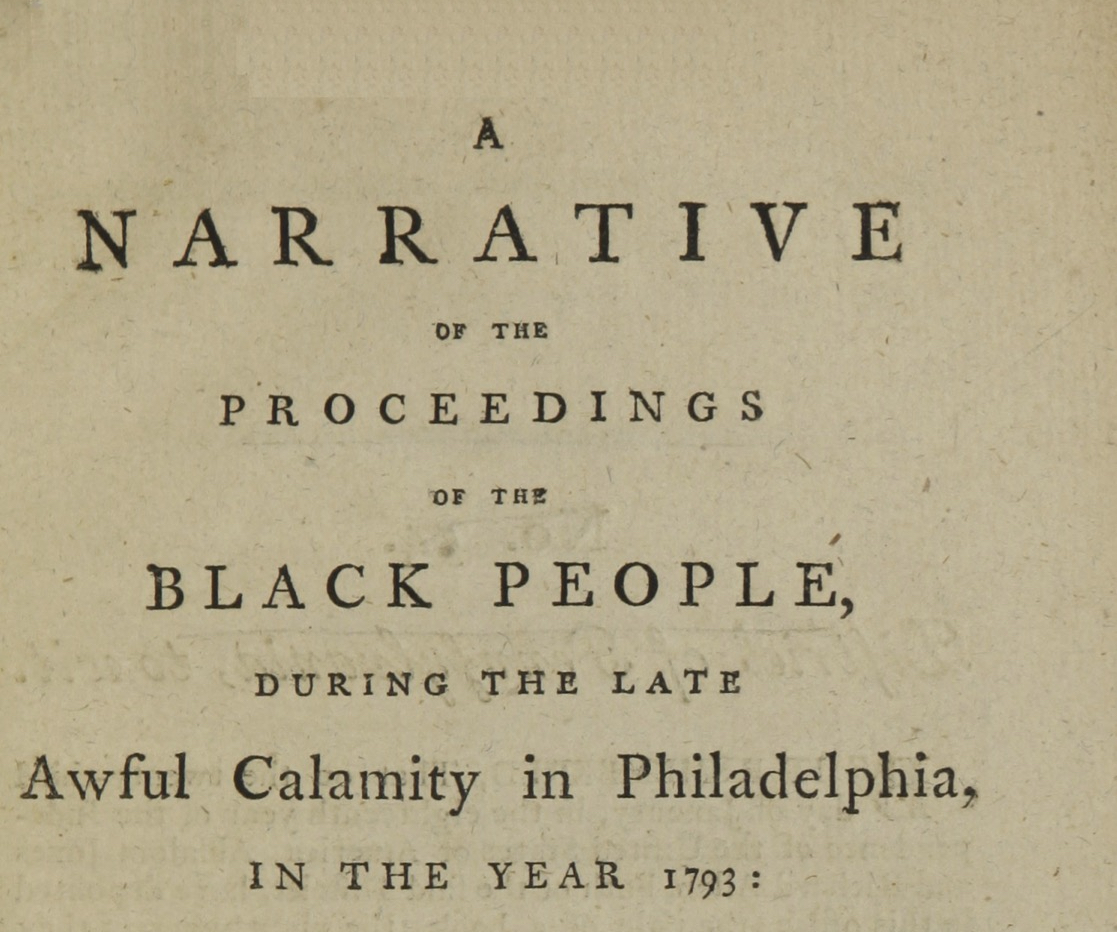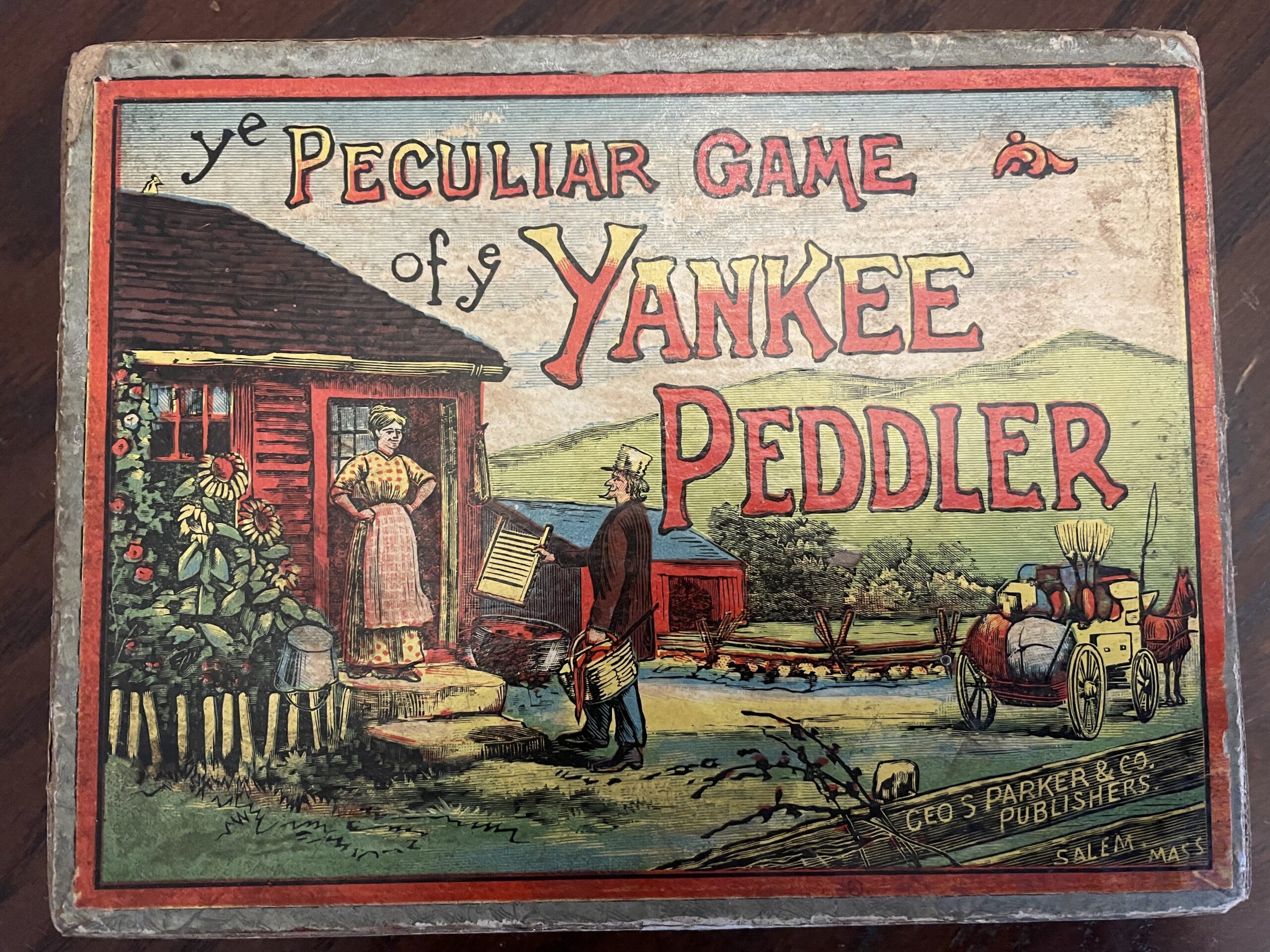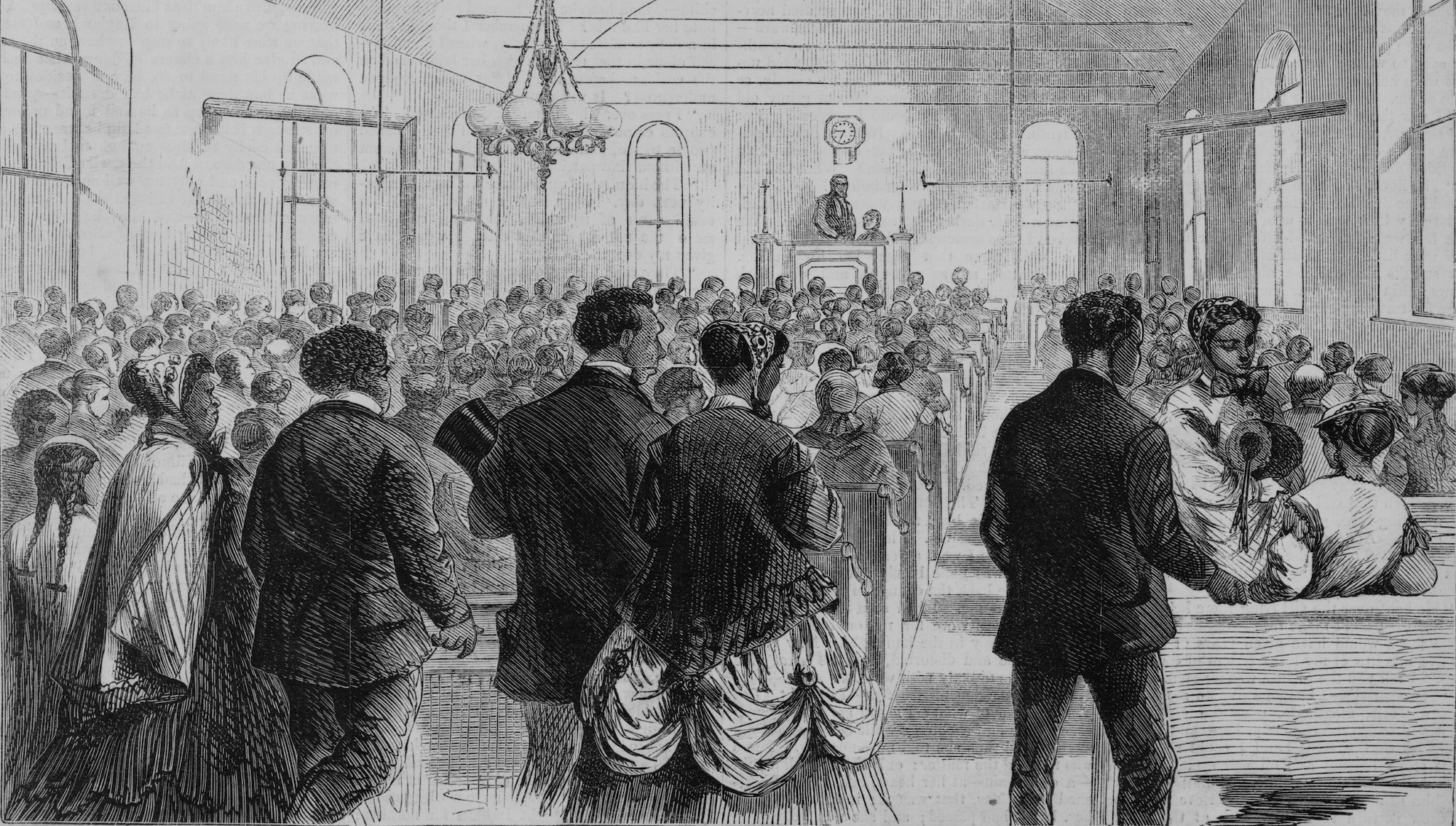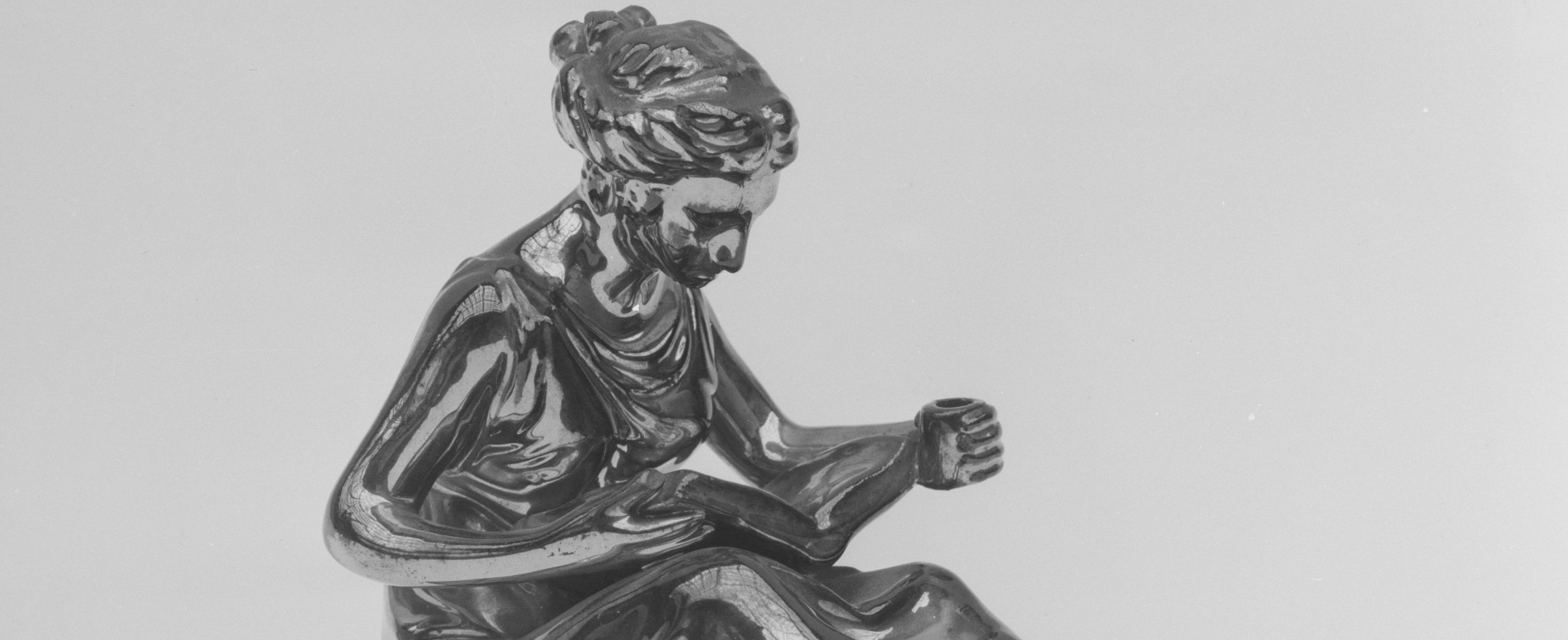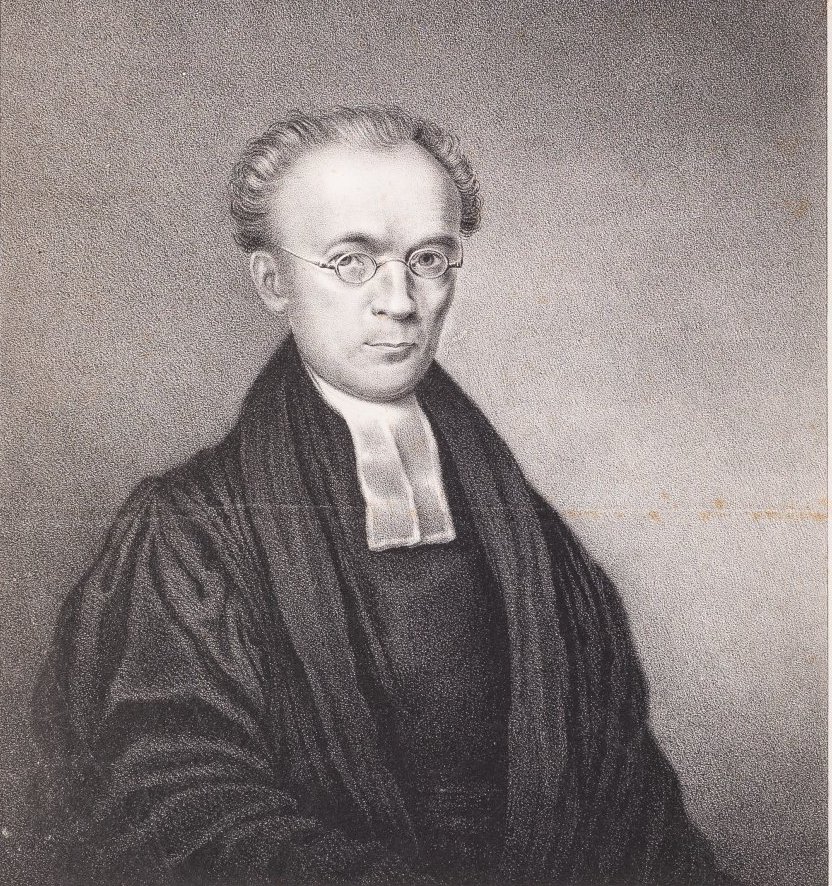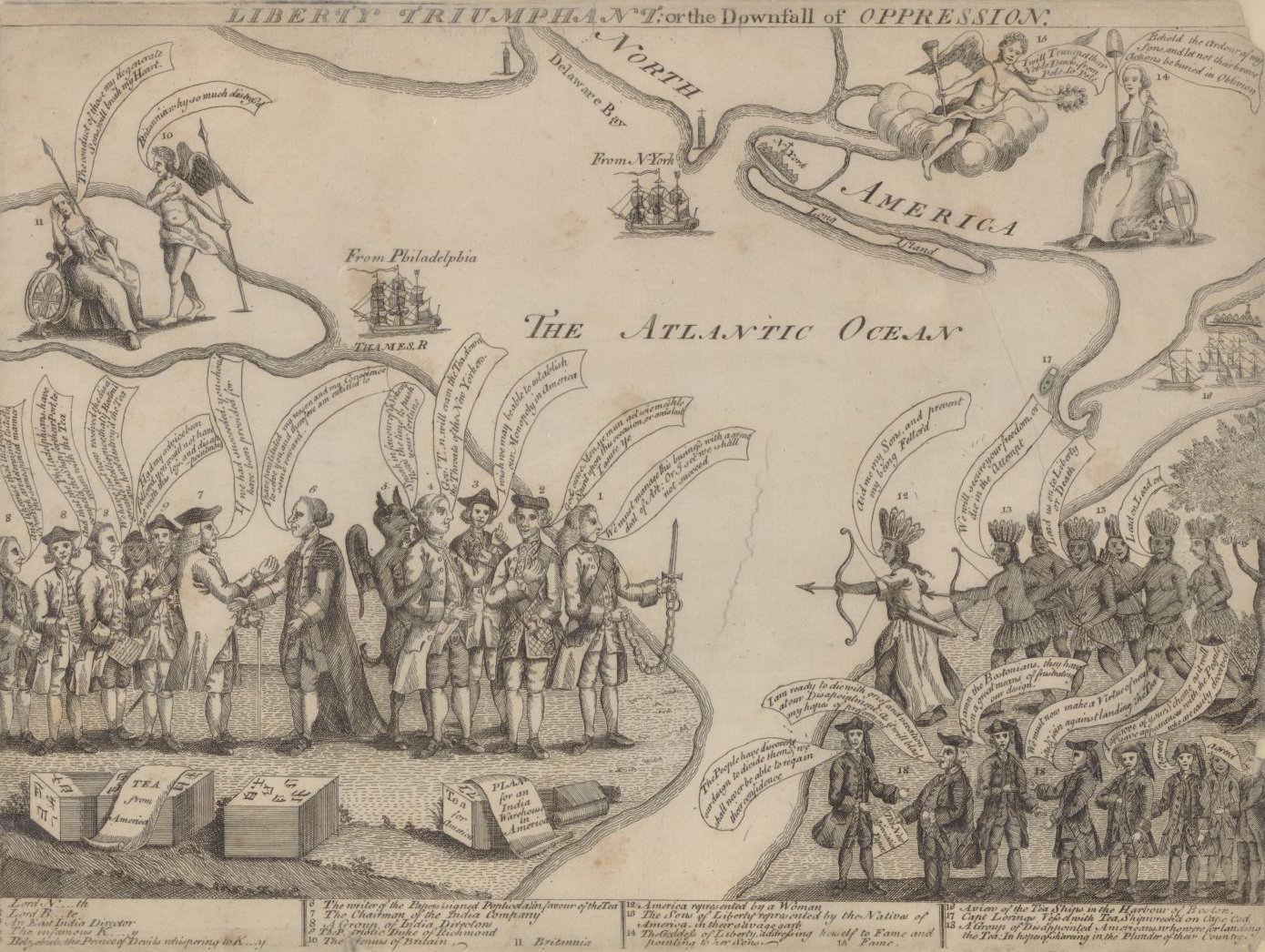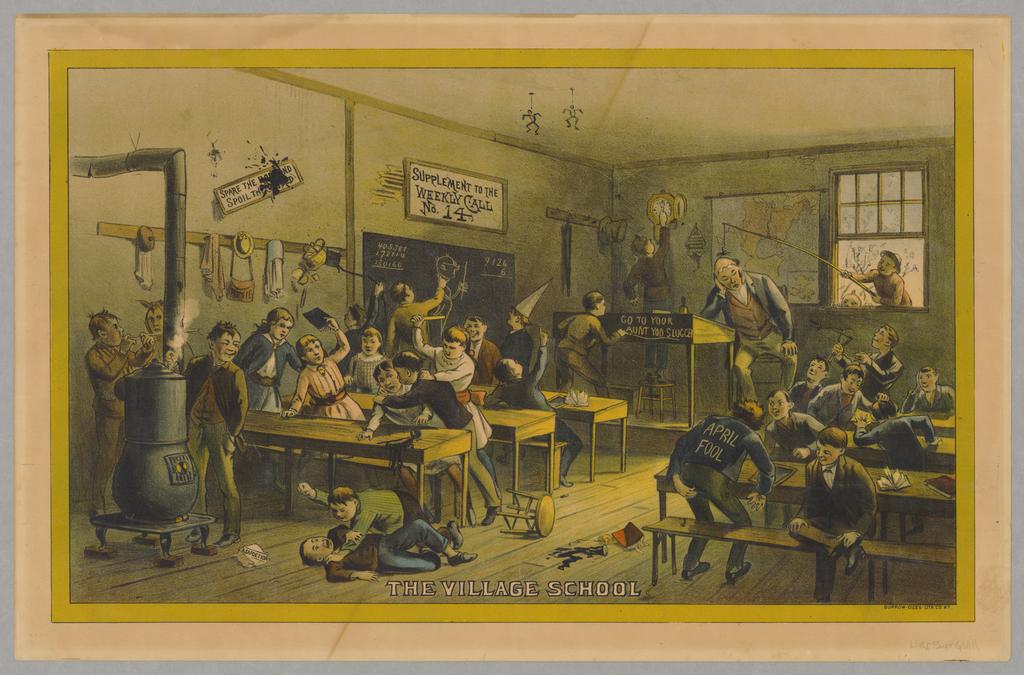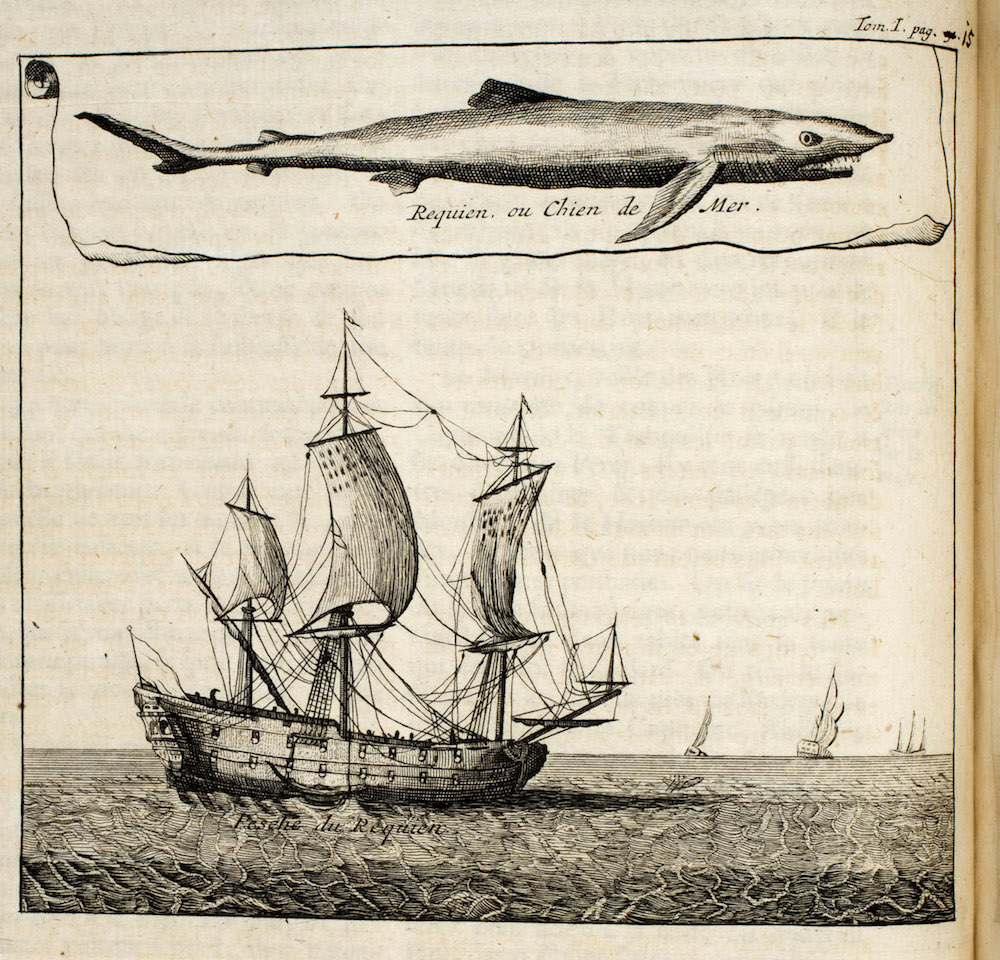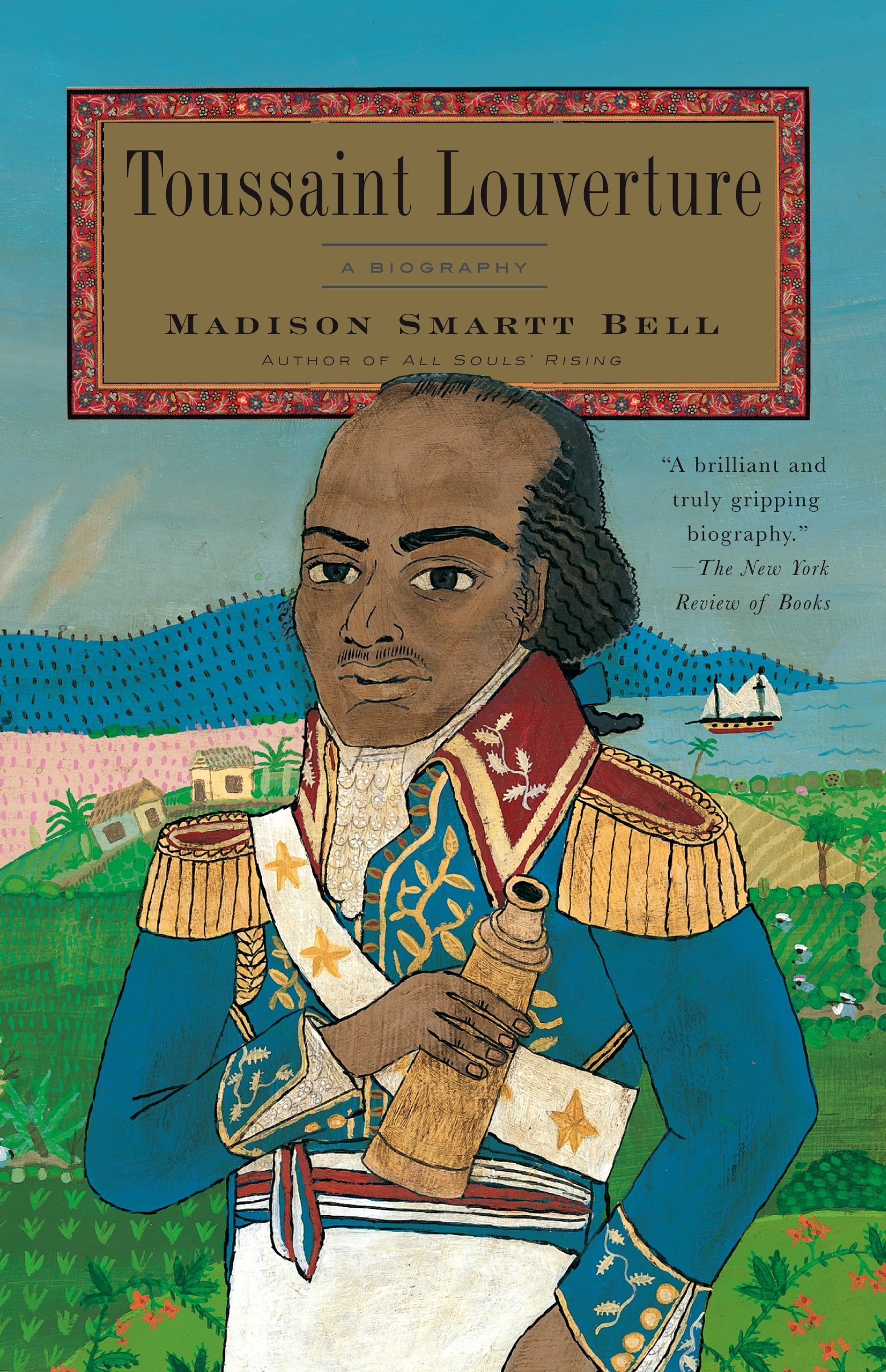National History Day and American educational reform
‘Tis the season for National History Day. As with Christmas, National History Day (NHD or simply History Day) refers more to a span of weeks than to a particular calendar date; much as when one speaks of “the playoffs” in sports, NHD names a series of events. As you read this piece, over half a million secondary school students in thousands of schools across the country are writing essays, editing documentaries, performing skits, launching Websites, and mounting table-top exhibitions. Students will gather for regional competitions, typically held in late March. Winners will advance to the state level later this spring. And a lucky few will get the chance to go to the national contest in mid-June. While many of their peers will be enduring long lectures or rote skill-and-drill instruction of the kind engendered by standardized tests, these kids will actually be doing history. And what better way to learn than to do? In some cases, they will be doing while enduring those lectures and taking those tests, testifying to their commitment to what my colleague Andy Meyers, a longtime fixture of the NHD scene, has dubbed “varsity academics.”
National History Day was the brainchild of Case Western University professor David Van Tassel (1928-2000), a pioneer in the field of public history. An intellectual historian also known in the academy for his work in the field of aging, he became interested in history as practiced outside the academy. And this interest, in turn, led to a desire to bring the knowledge and talents of local amateur historians to larger audiences. To achieve this, Van Tassel developed a series of projects, among them an encyclopedia of Cleveland. But Van Tassel was not satisfied with simply unearthing little recognized historical talent. He believed the nation had a responsibility to foster historical interest and that it should begin doing so in the public school system. Rather than simply try to reshape existing curricula, Van Tassel enlisted some colleagues, recruited some teachers, and started National History Day in 1974. The program was modeled on already wildly popular state and national science fairs and by 1980 had achieved national recognition. Today the NHD program is based at the University of Maryland at College Park, with a staff of six that works with regional coordinators and volunteer judges around the country. Currently the national office is funded by nongovernment sponsors such as the History Channel, but the program is actively seeking federal funding.
Each year, National History Day events are organized around a central theme. In 2007, it was “Triumph and Tragedy”; this year, “Conflict and Compromise.” These themes are elastic enough to accommodate any number of topics, yet they encourage students to conceptualize their projects through an interpretive lens. The national organization publishes a rulebook as well as a glossy manual that describes the program, offers sample topics, and provides lesson plans and research documents for grades six through ten. But much of the charm of the event lies in its local character.
At my school, the annual History Day process begins in early fall when we distribute the assignment and support materials to all tenth-grade students who are taking the required U.S. history survey (any student can enter in any specialty, but we build the program into the standard tenth-grade curriculum). Students may work alone or in teams and can choose any number of media options. In all cases, particular emphasis is given to the use of primary sources. For example, students designing table-top exhibitions are limited to five hundred of their own words, though they may quote documents as fully as they like (advised, however, that a wall of type is not particularly inviting—storytelling in this particular medium is best done with photographs, maps, or other kinds of visual sources). All projects must include annotated bibliographies. And particular emphasis is placed not simply on offering a thesis but on explicitly framing a question of which the thesis is in effect the answer (in some of these and other parameters, we depart from the official national rules). Final drafts of the projects are due in December; in early January, faculty members gather and collaboratively assess the projects, using official contest worksheets to provide feedback.
In February, we set up a gallery in our school cafeteria—rows of video monitors, laptops for Websites or Power Point presentations, banquet tables for exhibitions, etc.—which parents can view during what we call the “History Fair,” an event that coincides with an information session on the next year’s electives. This festive event becomes a kind of community celebration, with students serving as interlocutors for the adults as they view displays on the Salem witch trials, the Seneca Falls declaration, the Massachusetts 54th regiment, as well as more contemporary topics (some of us limit projects to those covering the period prior to 1860). It is also an occasion for the relevant faculty to review all the projects on display and select those entrants we believe are most likely to fare well in the regional competition.
The Museum of the City of New York (MCNY) has been hosting a regional History Day competition since 1990, supported with funding from the Gilder-Lehrman Institute of American History and the F.A.O. Schwartz Foundation, among others. The museum hosts a series of workshops for students and teachers over the course of the fall, a recruiting tool particularly directed toward under-resourced schools. According to coordinator Joanna Steinberg, about three hundred students from forty city public, private, and parochial schools participated at MCNY last year. “What I like most about National History Day is what it does for a sense of community,” she says, emphasizing the sense of family involvement the event fosters.
The event itself has the feel of a track meet. Contestants convene at different sites around the museum, appearing before judges (typically faculty at local colleges and universities) who query them on the origins and implications of their projects. Other entrants wait in the wings—an Abraham Lincoln rehearsing his justification for the suspension of habeas corpus here, a nervous student fretting over a yellow—journalism exhibition there-or chat anxiously about common friends at different schools. At the end of the day the participants gather for the awards ceremony, where the profusion of categories, levels, and special citations serves to distribute the glory widely. But first- and second-place winners in each major category also get the chance to move on to the next level.
Participation in National History Day at the state level varies widely. With the addition of Montana last year, all fifty states (and Guam as well) now compete. In New York, which has a program with a $150,000 budget, participation is growing rapidly: last year there were 25 percent more participants and a 60 percent jump in the number of schools involved, according to state coordinator Tobi Voigt. “Everybody is talking about testing, testing, testing,” she says, lamenting the overall state of history education nationally. “I’m really excited to get students involved in an academic program that favors interpretation over repetition.” New York’s competition takes place in historically rich Cooperstown. Last year for the first time, Voigt says, all the hotels were sold out. Throngs gathered at the Baseball Hall of Fame, the Fenimore Art Museum, and other sites around town before convening at a local high school for the awards ceremony. The surge in participation has raised the overall level of play. In years past, my school, something of a regional power, could routinely expect to send a handful of kids to the national level. Last year, we didn’t send any.
The annual competition culminates each June in College Park, where last year there were about 2400 registrants, according to Noah Shaw, technology and public affairs assistant for National History Day. In addition to a vigorous program of presentations and evaluations, the annual gathering honors outstanding educators. The event also features appearances by eminences like Ken Burns and Richard Dreyfuss, both of whom attended the 2007 event. Prizes include cash awards as well as partial scholarships to a number of universities; a full scholarship to Case Western in honor of Van Tassel is also awarded.
By this point in the program, National History Day has drifted far from its local roots. High travel costs as well as the substantial financial investment in many of the finalists’ projects give the national competition a seemingly inescapable element of class and racial bias, though it should be said that the national organization makes considerable efforts to combat the structural inequities of the U.S. education system by using state coordinators to recruit under-resourced schools, defraying the travel expenses of participants in need, and looking beyond the bells and whistles that sometimes adorn projects. Despite these efforts, however, the very degree to which the apt term “varsity academics” captures the spirit of History Day also suggests a sense of competition, even exclusion. And the spirit of competition, however laudable in some respects, does raise questions about the utility, even possibility, of establishing objective parameters for historical excellence.
Yet to dismiss History Day as a mere educational gimmick would be a mistake. As with any decent varsity athletic program, an imperative of participation coexists alongside one of competition. At its best, History Day is genuinely inclusive. In October, I attended a reception at MCNY for last year’s winners and listened to a student panel of remarkable diversity describe the role the program had played in their lives. One student spoke of the sheer thrill of going to a museum for the regional event, her excitement finally conquering the powerful anxiety that accompanied her all day. Another described conversations about history that strayed far beyond the task at hand as she and her collaborators worked on their project after school (in this regard, she was reminiscent of a student of mine, whose exhibit on the presidential election of 1876 became a vehicle for what he jocularly termed “male bonding” during the elaborate construction of the exhibit). A third spoke of meeting up with his teacher on weekends, his scholastic experience spilling beyond the confines of his school and workweek. That teacher, who had addressed the audience earlier in the event, described her own excitement as she told her department chair she was going to attend an organizational meeting for History Day, departing hastily before there could be any effort to stop her.
Other students related research discoveries—and the discovery that research itself could be gratifying. In 2007, one student at my school won first place in individual documentary for his film on the Negro Baseball leagues (the triumph was integration; the tragedy was the collapse of an entrepreneurial African American sporting culture and the eventual disappearance of African Americans themselves as players and fans of the game). He began his research for the film, not surprisingly, at the New York Public Library. Before long, however, he gravitated toward the Schomburg Library in Harlem, a journey to another world that led him to a treasure trove of images, music, and words. Like many students, he had a fair amount of technical savvy. Being able to tap such skills, or to leverage alternative learning styles, is one of the great strengths of the program.
Cathy Gorn, a former student of David Van Tassel and current director of National History Day, emphasizes the degree to which the program fosters good pedagogical practice. As she explained in a 1998 piece in The History Teacher, “NHD is not a secondary school version of Trivial Pursuit. It is not a ‘bee’ type of competition in which students memorize information that they regurgitate in response to questions. Rather, it requires that they thoroughly and deliberately examine the world of the past through direct contact with original materials including documents, photographs, films, historical buildings, newspapers, and oral history interviews with those who experienced history firsthand. In the process, students study—not memorize—a topic in depth.” One of the more impressive dimensions of the process is the judging; both students and judges often acquit themselves with great insight and sensitivity, with a spirit of exchange that resembles a good orals examination or dissertation defense.
Yet for precisely these reasons—the demand for substantial personal assessment and the fostering of critical skills that can’t necessarily be quantified—National History Day is unlikely to displace standard history curricula or the skill-and-drill mentality that has only intensified in the age of No Child Left Behind. Still, those of us who participate in NHD know: this works. And despite the manifold obstacles that get thrown in their way, thousands of teachers in schools around the country manage to find a way to squeeze it in. And if, for whatever reason, things don’t work out now, well, I’ll say what I always say at the end of the baseball or football season: there’s always next year.
For more information on National History Day, see the organization’s Website.
This article originally appeared in issue 8.2 (January, 2008).
Jim Cullen teaches history at the Ethical Culture Fieldston School in New York, where he serves on the board of trustees. He is the author of The American Dream: A Short History of an Idea that Shaped a Nation (2003) and Imperfect Presidents: Tales of Misadventure and Triumphs, recently published by Palgrave Macmillan, among other books.






